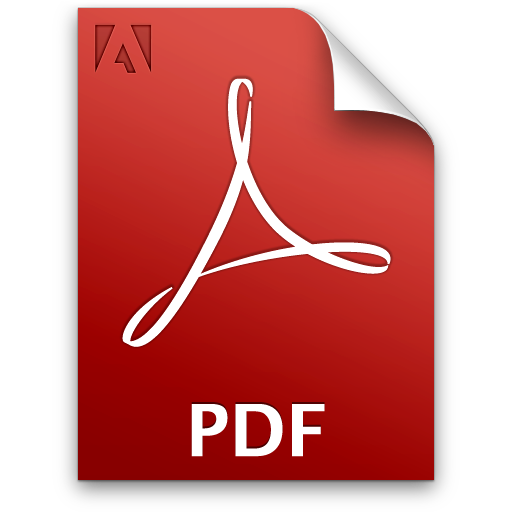ICT IN THE PROCESS OF ARTISTIC CREATION OF PERSONS WITH MOTOR DISABILITIES
Hanna KRAUZE-SIKORSKA –
Professor of Adam Mickiewicz University in Poznan,
Faculty of Educational Studies, Poznań,
Poland e-mail: [email protected]
Joanna SIKORSKA – Senior lecturer, M.A.,
Adam Mickiewicz University in Poznan,
Faculty of Educational Studies, Poznań, Poland
e-mail:[email protected]
Анотація
Life of an artist with a motor disability, although concentrated on authentic creative process that makes it possible to break free of routine and create realms with their own meaning and shape, is often confined within the horizons determined by his or her condition. This sometimes results in isolation, or even sense of social alienation caused by the conviction that the contemporary world rejects the artistic work of disabled creators. Still, individual experiences of artists with disabilities are never identical due to different life paths and disability causes, relations with other people and the world, motives for choosing the artistic path, or determinants connected with searching for specific means of expression and creative ways. In the post-modern world, in which technologies open up new possibilities, disabled artists also reach for ICT tools in their artistic searches. Those tools allow them to be active, but also deepen their reflection on their own model of creative activity. Making use of those tools is often aimed at self-fulfilment, and this tends to be one of the strongest stimuli for authentic creativity.
Keywords: ICT, the process of artistic creation, motor disabilities, homo creator, art, creativity, artistic activity, synthesis of the arts, new technologies, visual arts.
Full tex:
BIBLIOGRAPHY
1. Apolinaire, G. (1967). Kubiści. Rozważania estetyczne. [Cubists. Aesthetic considerations]. Kraków: Wydawnictwo Literackie.
2. Arnheim, R. (1978). Sztuka i percepcja wzrokowa. Psychologia twórczego oka. [Art and Visual Perception. A Psychology of the Creative Eye]. Warszawa: WAiF.
3. Bauman, Z., May T. (2004). Socjologia. [Sociology]. Poznań: Zysk i S-ka.
4. Brzoza, H. (1982). Wielość sztuk – jedność sztuki. [The multitude of arts – the unity of art]. Warszawa: WSiP.
5. De Unamuno, M. (1983). Indywiduum jako byt tragiczny. [An individual as a tragic being] In L. Kołakowski, K. Pomian Filozofia egzystencjalna [Existential philosophy]. Warszawa: PWN.
6. Dilthey, W. (2004). Budowa świata historycznego w naukach humanistycznych.[Building a historical world in the humanities]. Gdańsk: Słowo / Obraz /Terytoria.
7. Duvigniaud, J. (1970). Socjologia sztuki. [The sociology of art]. Warszawa: Państwowy Instytut Wydawniczy.
8. Eco, U. (1973). Dzieło otwarte. Forma i nieokreśloność w poetykach współczesnych. [The open work. Form and uncertainty in contemporary poetics]. Warszawa: Czytelnik.
9. Głowiński, M., Sławiński, J. (eds.) (1972). Studia o Stanisławie Ignacym Witkiewiczu. [Studies on Stanisław Ignacy Witkiewicz]. Wrocław –Warszawa- Kraków- Gdańsk: Ossolineum.





